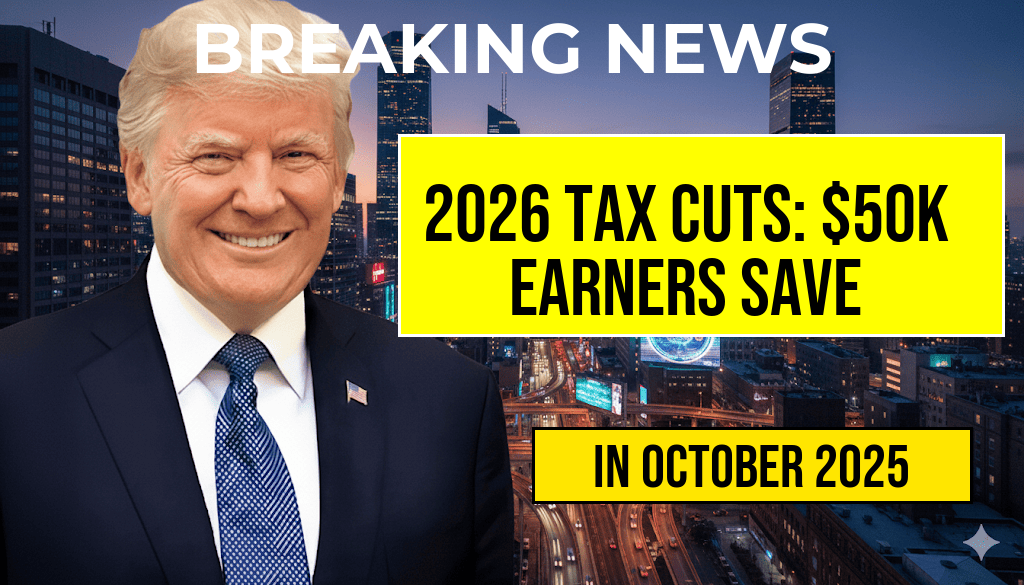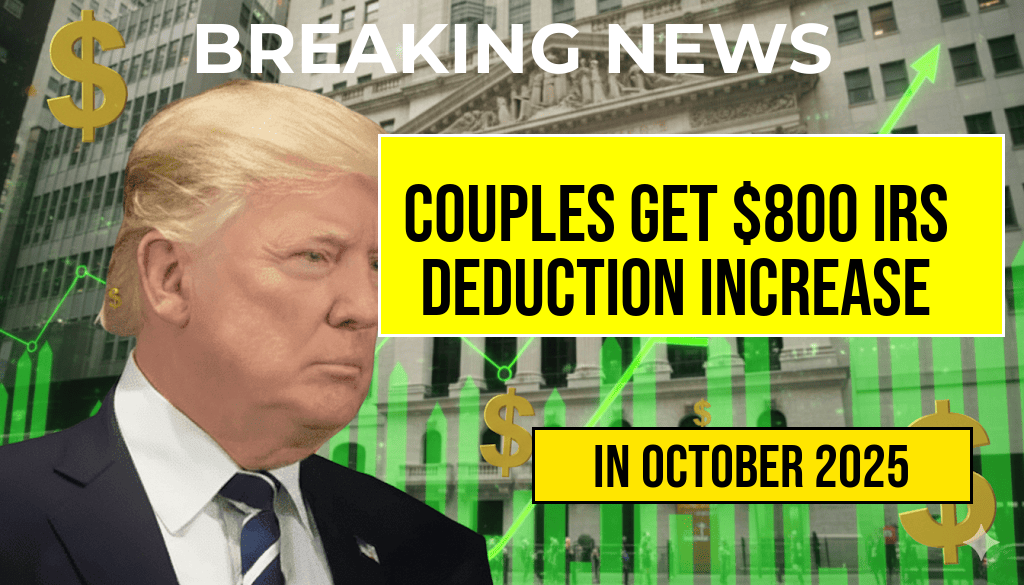As tax season approaches, the projected tax brackets for 2026 are generating significant interest among American taxpayers. New estimates suggest that individuals earning around $50,000 annually could see substantial savings as the top federal income tax rate is expected to decrease to 12%. This shift in tax policy, part of broader changes proposed by lawmakers, aims to ease financial burdens on middle-income earners. For many, this could translate into hundreds of dollars in savings each year, allowing for greater discretionary spending or investment in personal financial goals. As taxpayers prepare for the implications of these adjustments, understanding the new tax landscape is crucial.
Projected Tax Brackets for 2026
The anticipated tax brackets for 2026 mark a significant shift from previous years. The following table outlines the projected federal income tax rates:
| Income Range | Tax Rate |
|---|---|
| $0 – $10,275 | 10% |
| $10,276 – $41,775 | 12% |
| $41,776 – $89,075 | 22% |
| $89,076 – $170,050 | 24% |
| $170,051 – $215,950 | 32% |
| $215,951 – $539,900 | 35% |
| Over $539,900 | 37% |
Impact on $50,000 Earners
For individuals earning around $50,000, the new tax structure presents a unique opportunity for savings. Under the current system, income in this bracket would face a marginal tax rate of 22%. However, with the proposed reduction to 12%, taxpayers could save significantly. Here’s a breakdown of potential savings:
- Current tax on $50,000: Approximately $6,200
- Projected tax on $50,000 in 2026: Approximately $4,800
- Estimated Savings: $1,400 annually
This reduction not only provides immediate financial relief but also encourages increased consumer spending, which could positively impact the economy as a whole.
Broader Economic Implications
The proposed tax changes are part of a larger dialogue on economic policy and fiscal responsibility. Advocates for tax reform argue that reducing the tax burden on middle-income earners can stimulate economic growth by increasing disposable income. However, critics warn that such reductions may lead to deficits if not balanced by spending cuts or increased revenue from other sources.
Additionally, understanding the implications of these tax changes is essential for effective financial planning. Individuals may want to consider adjusting withholding allowances or revisiting their budget to account for potential changes in their tax liabilities.
What to Do Now
As taxpayers await official confirmation of these projected tax brackets, there are several steps they can take to prepare:
- Review current financial plans and tax strategies.
- Consult with tax professionals to understand personalized impacts.
- Stay informed about legislative developments regarding tax policy.
For more detailed information, taxpayers can visit resources such as Forbes or Wikipedia for a comprehensive understanding of tax brackets.
Conclusion
As we move closer to 2026, the anticipated reduction in the top federal income tax rate to 12% could provide a significant financial advantage for many Americans, particularly those earning around $50,000. Staying informed and proactive in financial planning will be key for individuals looking to maximize their potential savings in a changing tax landscape.
Frequently Asked Questions
What are the projected tax brackets for 2026?
The projected tax brackets for 2026 indicate that the top rate will decrease to 12%, potentially benefiting many taxpayers, including those earning around $50,000.
How will the new tax brackets affect earners making $50,000?
Earners making $50,000 could see significant savings, as the reduction in the top tax rate to 12% may result in hundreds of dollars saved in taxes.
When will these new tax brackets take effect?
The new tax brackets are projected to take effect in 2026, following the expiration of the current tax provisions established in previous tax reforms.
What should taxpayers do to prepare for the 2026 tax changes?
Taxpayers should review their financial situations and consider adjusting their withholding or estimated tax payments in anticipation of the new tax brackets in 2026.
Will all taxpayers benefit from the lower tax rate?
While many taxpayers may benefit from the lower top tax rate, the overall impact will vary based on individual income levels and deductions that may change with the new tax brackets.






